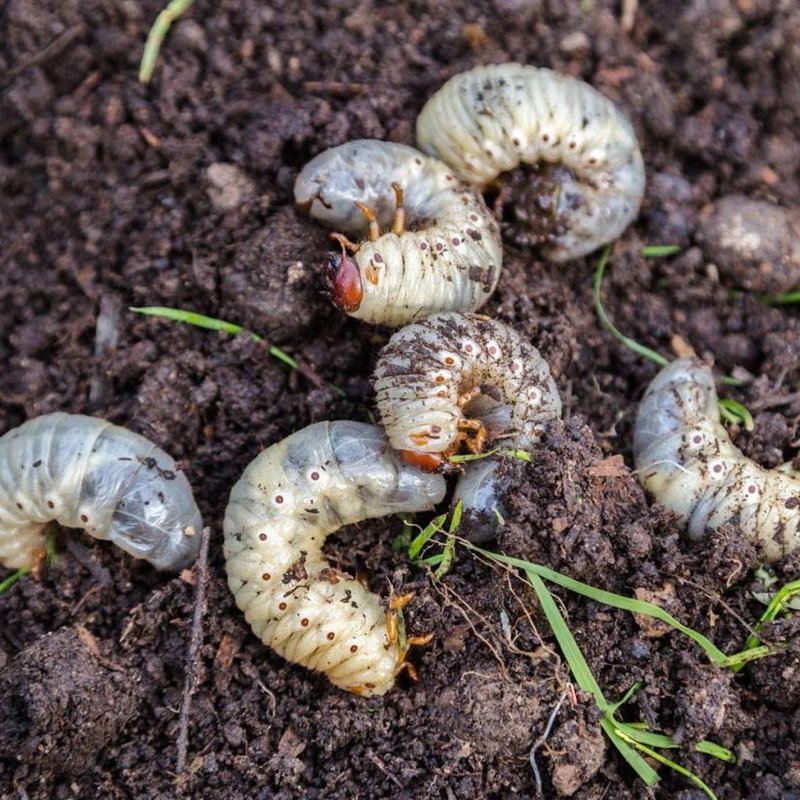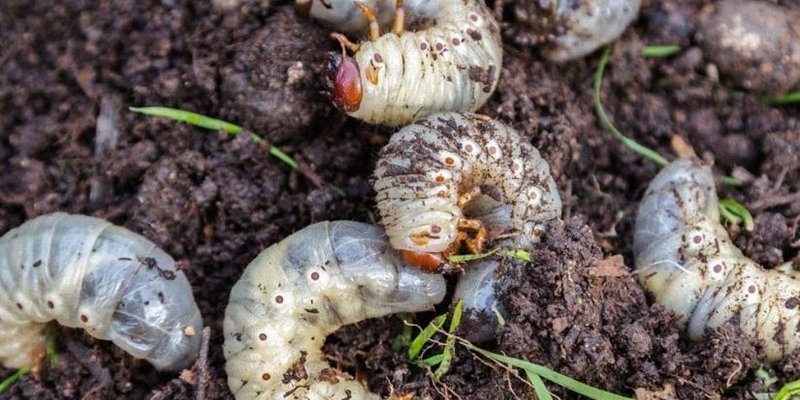
Grub worms tend to be a common concern for homeowners, especially during the warmer months. Think of them as uninvited guests that crash your outdoor party and leave a mess behind. But just like some party guests, they’re not always around—so understanding when they show up can help you prepare. The truth is, grub worms can return annually, but the extent largely depends on various factors, including weather, lawn health, and pest control strategies.
Let’s break it down and explore what you need to know about these garden nuisances.
What Are Grub Worms?
Grub worms are the larvae of various beetles, but the most common culprits causing problems in North America are the Japanese beetles, May/June beetles, and European chafers. These larvae are typically white, C-shaped, and about an inch long when fully grown. They feed on grass roots, which can lead to brown patches in your lawn and a higher risk of lawn diseases.
Here’s the deal: grub worms spend most of their lives underground, munching on those precious roots. If you’ve ever pulled back a patch of grass and saw that it came up too easily, you might have a grub infestation. The healthier your lawn is, the better it can stand up against these pests. If your grass starts looking unhealthy, it might be a sign that grubs are lurking beneath the surface.
Interestingly, the life cycle of these grubs means they can wreak havoc in late summer and fall, just before they transform into beetles in June. This timing is key because it means you can intervene before they turn into adults and lay more eggs.
Do Grub Worms Come Back Every Year?
The short answer is yes; grub worms can come back every year. However, the number of them varies based on several factors. Weather patterns, for instance, play a big role. Grubs thrive in warm, moist environments, so if you live in an area with mild winters and wet springs, you might see more grub activity.
Here’s how their life cycle works: adult beetles emerge in late spring, lay their eggs in the soil in the summer, and the grubs hatch later in the season. If the conditions are just right, those little guys can survive the winter and emerge again — meaning they might be back before you know it.
So, what does this mean for your lawn? If you’re vigilant and monitor your yard, you can get a handle on any grub problems before they take hold. Regular checks in late summer and fall can help you identify any issues early on.
Signs of Grub Worm Infestation
Understanding the signs of a grub worm infestation can save you a lot of hassle later on. Here are a few telltale signs to watch out for:
- Browning Grass: If certain areas of your lawn are turning brown and looking unhealthy, it might be due to grubs eating the roots.
- Soft Spots: When you walk on your lawn, if spots feel mushy or soft, grubs may have damaged the roots.
- Wildlife Activity: If you notice increased activity from birds or animals digging in your lawn, they might be feasting on grubs.
Being aware of these signs can help you catch an infestation early, before it gets out of hand. Regularly checking your lawn can be a good habit to protect your grass and garden.
How to Prevent Grub Worms From Returning
Preventing grub worms is all about keeping your lawn healthy and applying some proactive measures. Here are some effective strategies:
- Maintain Lawn Health: Keep your grass thick and healthy by watering it properly and fertilizing as needed. A robust lawn is better at resisting pests.
- Use Beneficial Nematodes: These microscopic worms can eat grub larvae, helping to control their population naturally.
- Monitor Pesticide Use: If you need to use pesticides, choose ones that target grubs specifically and follow the instructions carefully to minimize harm to beneficial insects.
By keeping your lawn in top shape and implementing these strategies, you can reduce the chances of grub worms returning year after year.
Treating an Infestation
If you find that you already have a grub worm infestation, don’t worry! There are plenty of treatment options available:
- Natural Treatments: Consider using beneficial nematodes or milky spore, which target grubs without harming other wildlife.
- Chemical Pesticides: If the infestation is severe, you might need to use a chemical pesticide. Look for products specifically designed for grubs (like imidacloprid or chlorantraniliprole), and always follow application guidelines.
- Timing is Key: The best time to apply treatments is late summer or early fall when the grubs are actively feeding.
To successfully manage grub worms, it’s essential to understand their life cycle. Adult beetles emerge in late spring or early summer, mate, and lay eggs on the soil surface. These eggs hatch into larvae (grub worms) by late summer, and that’s when damage to your lawn begins.
As fall approaches, grubs start burrowing deeper into the soil to escape the cold. They remain dormant during the winter months and re-emerge when temperatures rise again, continuing the cycle. Knowing this cycle can help you time your preventative measures and treatments effectively.
So, do grub worms come back every year? Yes, they can, but with the right knowledge and care, you can manage them effectively. By maintaining a healthy lawn, being vigilant for signs of infestation, and understanding their life cycle, you can reduce the impact these little nuisances have on your yard.
Remember, your lawn is an extension of your home, and keeping it healthy and vibrant is worth the effort. With a bit of awareness and proactive management, you can enjoy a lush, green lawn free from the troubles of grubs. Happy gardening!

